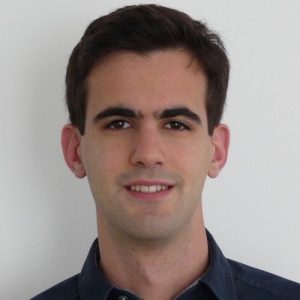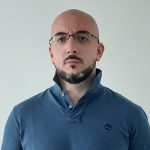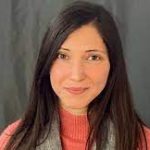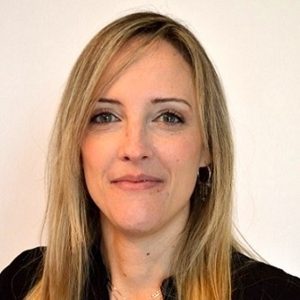 |
Francesco Regazzoni (SIMAI) – Dept. of Mathematics MOX, Politecnico di Milano (ITALY)
Automatic discovery of low-dimensional dynamics underpinning time-dependent PDEs by means of Neural Networks
In this talk, we present a novel Machine Learning technique able to learn differential equations that surrogate the solution of time-dependent PDEs. Our method exploits a finite number of latent variables, which provide a compact representation of the state of the system. These variables allow for the reconstruction of the spatial outputs at each temporal instant through a mesh-less decoder based on Artificial Neural Networks (ANN). We propose an algorithm able to learn in a simultaneous way the latent variables, their dynamics and the mesh-less decoder. Remarkably, our method allows building, in a fully non-intrusive manner, surrogate models for evolutionary equations, accounting for the dependence on parameters and time-dependent inputs. Numerical tests for both parabolic and hyperbolic PDEs show that very accurate numerical results are obtained, even for a reduced size of the ANNs, in a computationally efficient manner.
|
 |
Lorenzo Tentarelli (SIMAI) – Dept. of Mathematical Sciences, Politecnico di Torino (ITALY)
Metric graphs: a mathematical model for quantum technologies
As problems related to the physical limits of silicon–based devices increase, the scientific community has begun to search for alternative technologies, possibly not founded on electron transport. One of the approaches suggested by the physics literature in the last years concerns the development of quantum–
based technological frameworks, which exploit either fine quantum properties of new materials (such as, for instance, graphene) or completely new ways to transfer information. This also drove the rise of the new research field of Atomtronics, which aims at the construction of devices in which currents are generated by matter waves, instead of electrons, supplied by Bose–Einstein Condensates (BEC). One of the mathematical models proposed to study the features of circuits designed in this perspective is the NonLinear Schrödinger (NLS) equation on networks, or more precisely on metric graphs. The talk will provide an overview on some of the most relevant achievements on this model, obtained in the last decade, and a hint on future developments, possibly toward multidimensional structures known as hybrids.
|
 |
Alessia Patton (GIMC) – Dept. of Civil Engineering and Architecture, University of Pavia (ITALY)
Advanced isogeometric methods with a focus on composite laminated structures
The design and optimization of engineering products demand faster development and better results at lower costs. These challenging objectives can be achieved by readily evaluating multiple design options at the very early stages of the engineering design process. To this end, accurate and cost-efficient computational modeling techniques for solids and fluids offer a reliable support and enable a better understanding of the underlying complex physical phenomena. The present study focuses on the development of advanced computational tools in the context of Isogeometric Analysis (IgA), trying to exploit its higher-order continuity properties and typically excellent accuracy-to-computational-effort ratio.
|
 |
Giulia Bertaglia (GIMC) – Dept. of Environment and Prevention Sciences, University of Ferrara
Uncertainty quantification methods for PDEs with applications to biomathematics
Various deterministic numerical techniques have been and are currently being developed to solve, as efficiently and accurately as possible, problems related to physical, biological, social and economic systems. The use of such numerical schemes, though, requires that initial conditions, boundary conditions and all the parameters involved in the mathematical model describing the phenomenon of interest are known. However, in practical applications this assumption is rarely true. Indeed, our knowledge is limited by the ability to measure, bias in observations and, in general, an incomplete understanding of processes, especially when dealing with biological and social sciences. In this context, our numerical simulations present uncertain inputs that give rise to uncertainty in the outputs of interest, which must be clearly identified and quantified in order to correctly interpret numerical results and draw meaningful conclusions.
In this talk, different Uncertainty Quantification (UQ) techniques, widely used in response to these issues, will be presented, highlighting the advantages and drawbacks of each. Examples of applications of these methods in the biomathematical field will also be discussed. In particular, problems such as the quantification of uncertainties related to geometric and mechanical parameters involved in the study of human cardiovascular fluid dynamics and uncertainties in initial conditions in the analysis of the spatial spread of infectious diseases will be addressed.
|






